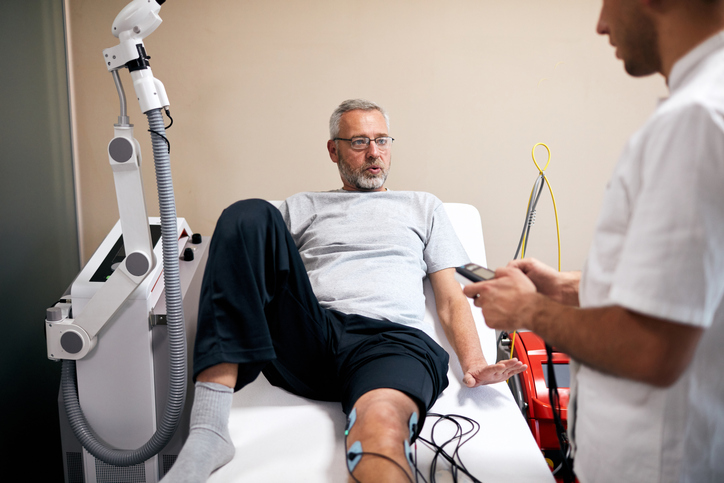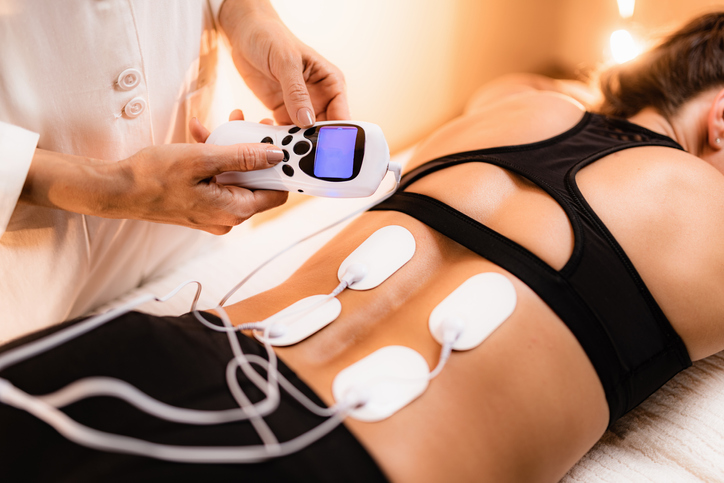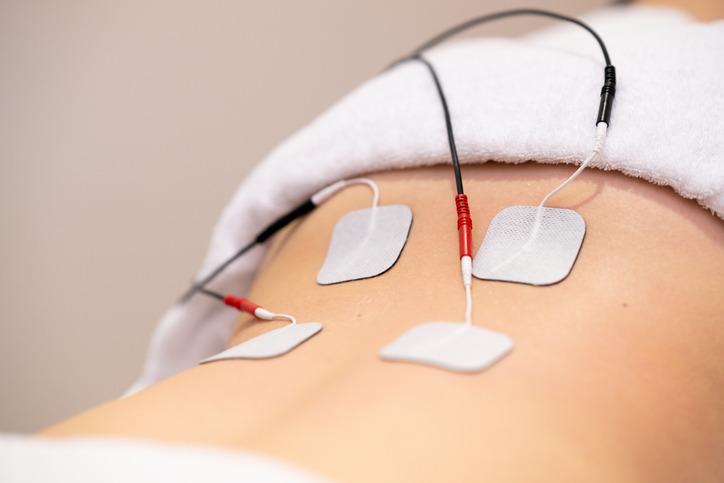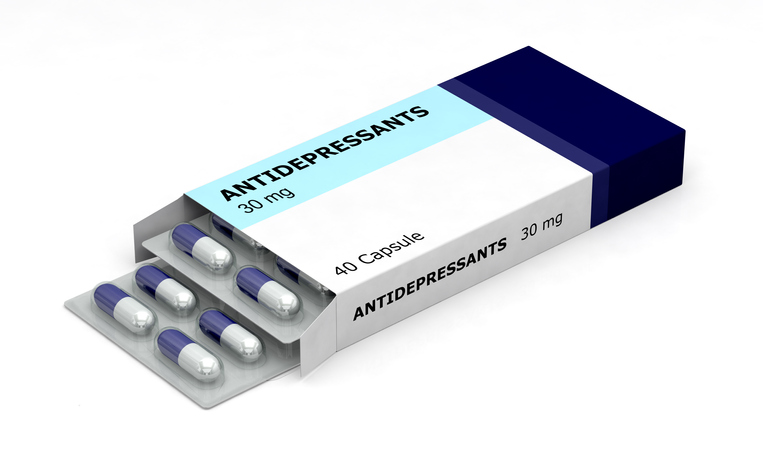Treatments
Facts About TENS Therapy
Source: WebMD, Cleveland Clinic, Arthritis Foundation, National Center for Biotechnology Information: U.S. National Library of Medicine: National Institutes of Health
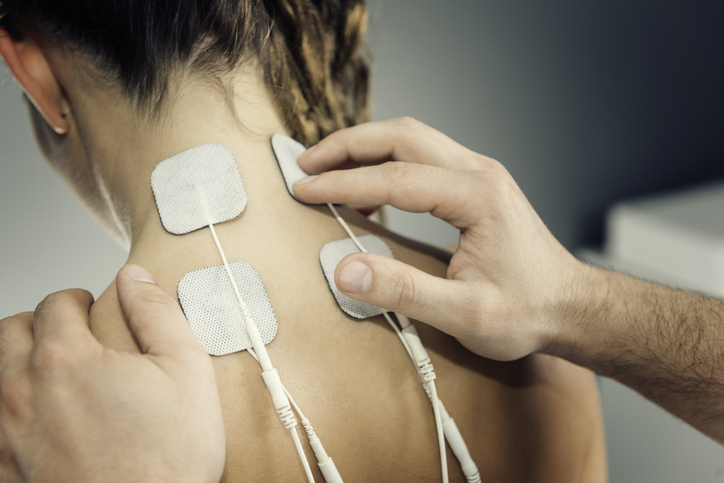
103 people found this helpful
Print
Share
Save
Transcutaneous electrical nerve stimulation, otherwise known as TENS, is a therapy used for pain reduction. TENS therapy involves using a small device — a TENS unit — that sends low-voltage electric currents to electrodes attached to the skin. These electrical pulses flood the nervous system, reducing its ability to transmit pain signals from the spinal cord to the brain. The electrical pulses can also stimulate nerves to release endorphins to help ease pain.
TENS therapy facts
TENS therapy is often used for post-surgical pain, chronic intractable pain, myofascial pain, neuropathic pain, and centralized-type pain. Facts about TENS therapy include, but are not limited to, the following:
- TENS therapy is non-invasive. The TENS device involves electrodes being attached to the skin; therefore, it is a non-invasive option for pain treatment. It can be used alone or in conjunction with medications and other treatment options.
- TENS therapy is generally safe. Although TENS therapy is not suitable for everyone, when used properly, it is mostly safe. An allergic reaction to the adhesive that affixes the pad to the skin could occur. Burning or irritation of the skin can occur from prolonged use or placement of electrodes in areas with little to no feeling. A health care professional should be consulted prior to using a TENS unit for pain treatment.
- The TENS machine has various settings. Many TENS devices have a control for intensity, frequency, pattern and duration of the electric current. The voltage of the electric current sent to the electrodes can range anywhere between low and high.
- TENS therapy is used for both acute and chronic pain. The TENS device works by activating nerve fibers. Although there is little research as to how pain is lessened, it is believed that by stimulating nerves, the sensation of pain is eliminated. It may also help the body to create endorphins, which are natural painkillers.
- A TENS device is not suitable for everyone. Various factors determine whether pain relief will be possible with TENS therapy. Age, pain type, severity of pain, other comorbidities, and neurological integrity can all play a role in the effectiveness of TENS therapy. A medical professional should make the decision as to whether to use TENS therapy.
- TENS devices are portable. A considerable advantage of a TENS unit is its portability. TENS therapy can be administered in a clinical setting or at home. Devices can also be purchased individually or through a medical setting.
- Pain relief is typically fast and can vary in duration. Pain relief is usually experienced quickly after beginning TENS therapy. The effects may end when the device is removed or may last up to 24 hours. The endorphins that are released may provide longer-lasting effects in the central nervous system.
